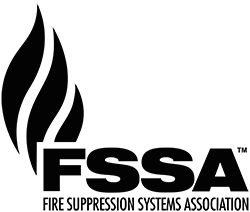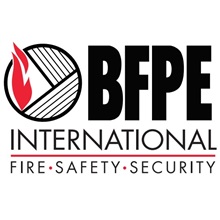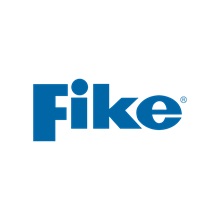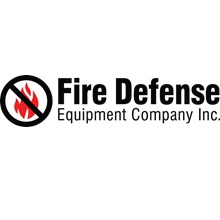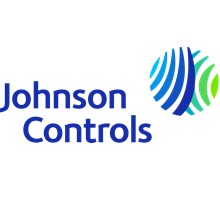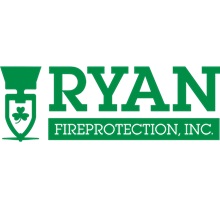HFC Fire Suppression Agent Test and Reporting Requirements under the AIM Act and EPA Regulations
On July 20, 2023, the EPA published an update to (40 CFR Part 84) which implements the American Innovation and Manufacturing Act. The updated regulations, effective September 18, 2023, include new requirements to verify the quality of HFC fire suppressant agents by laboratory testing as well as additional recordkeeping requirements. These updated regulations affect FSSA members who fill or recharge HFC fire system cylinders. An overview of the EPA regulation was given at the FSSA Annual Forum and discussed at the division meetings. (88 Fed. Reg. 46836)
SUMMARY OF THE REGULATORY UPDATES
